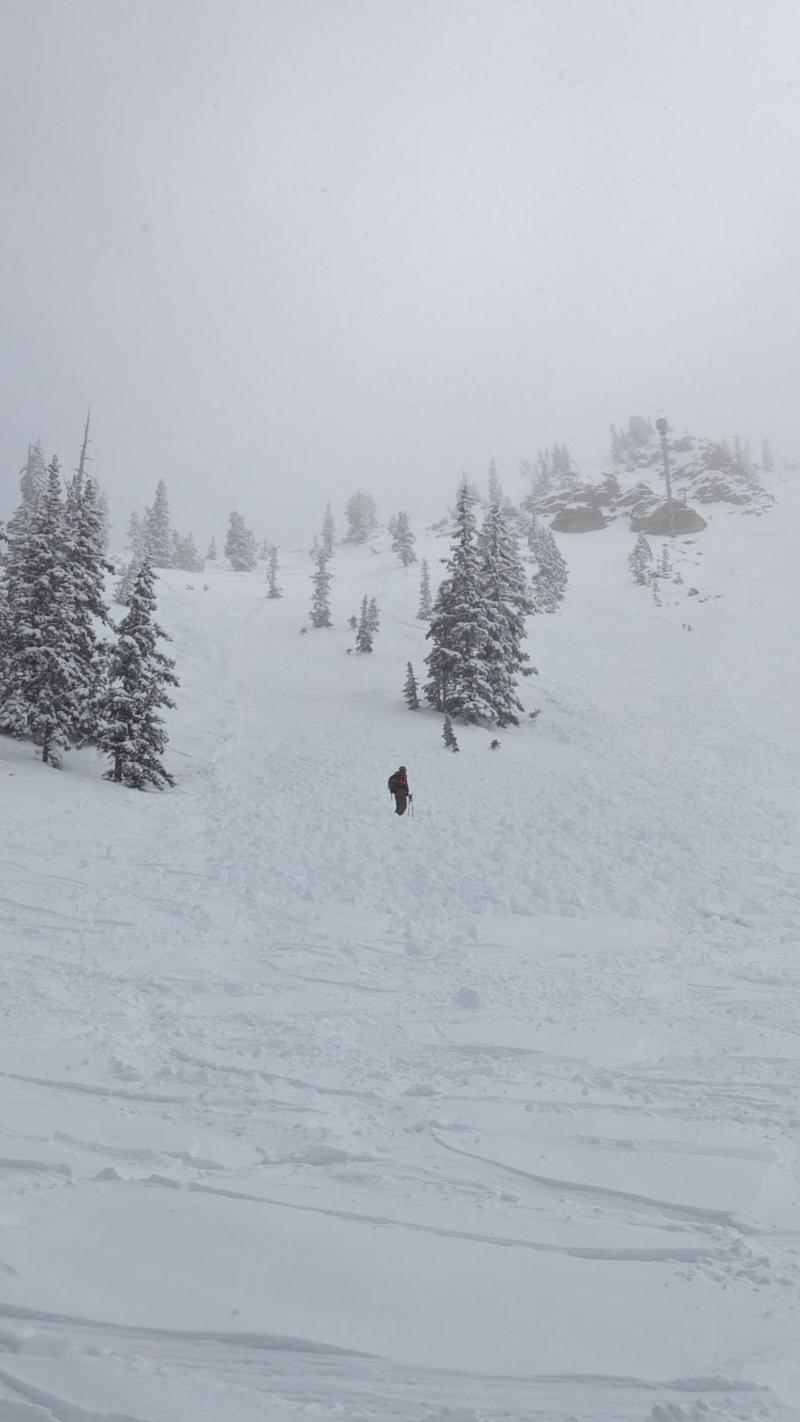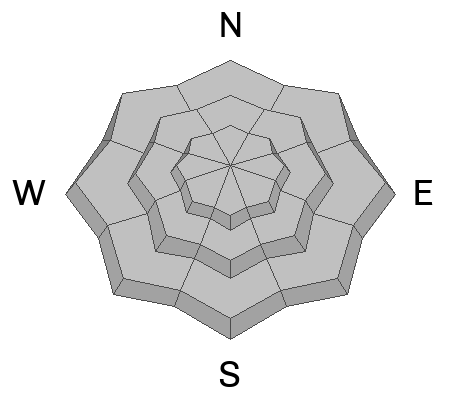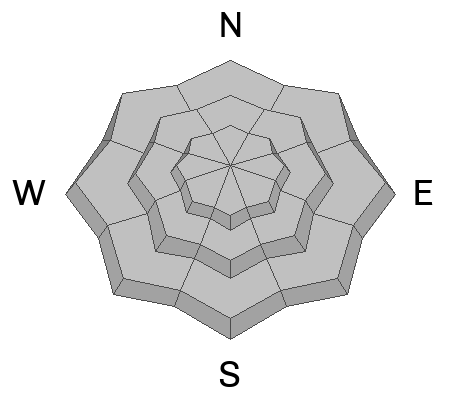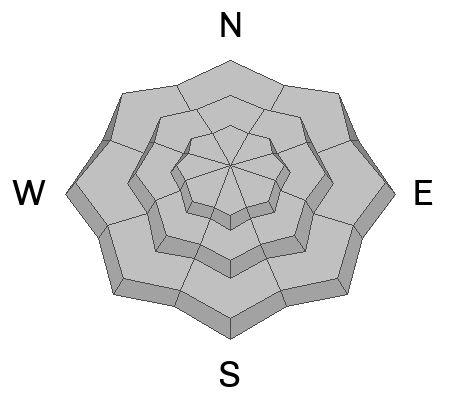Forecast for the Provo Area Mountains

Issued by Trent Meisenheimer on
Sunday morning, April 28, 2024
Sunday morning, April 28, 2024
Thank you for a great season!
Regular avalanche forecasts have ended. We will be issuing intermittent updates through May 1st. This most recent update is from Sunday April 28, 2024.
Regular avalanche forecasts have ended. We will be issuing intermittent updates through May 1st. This most recent update is from Sunday April 28, 2024.
During the spring, there are typically three different avalanche problems:
1. Wet Snow: Wet loose avalanches, wet slab avalanches, and glide avalanches
2. New Snow: New storm snow instability as soft slab avalanches and loose dry avalanches
3. Wind Drifted Snow: Wind slabs; soft or hard drifts of wind-blown snow
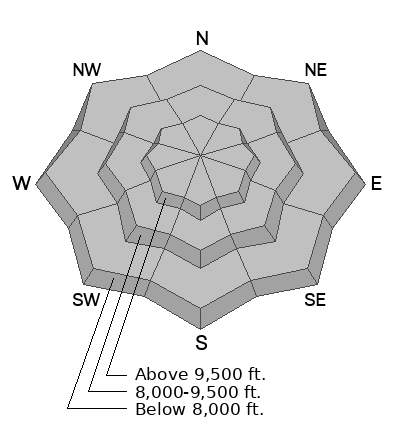
Low
Moderate
Considerable
High
Extreme
Learn how to read the forecast here


